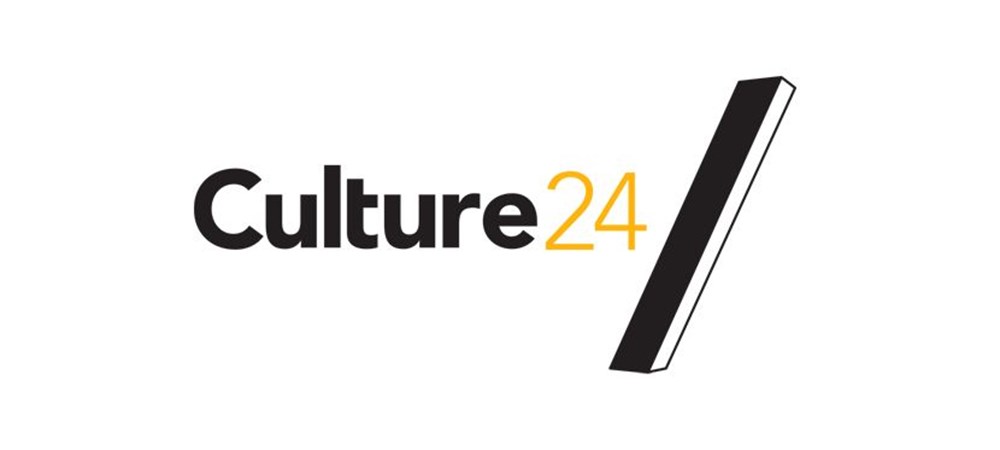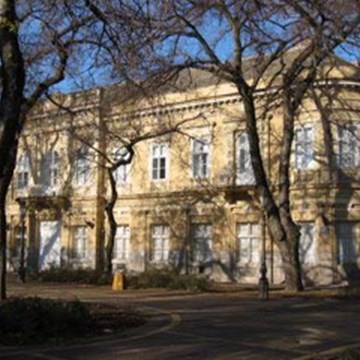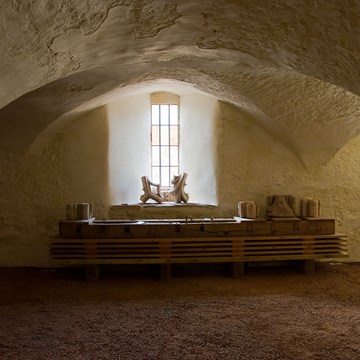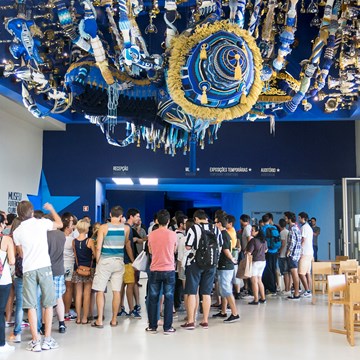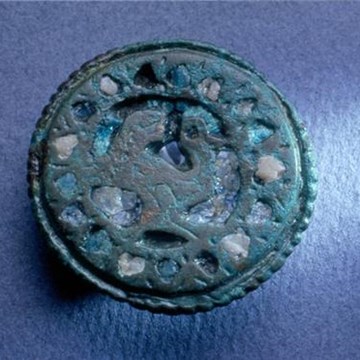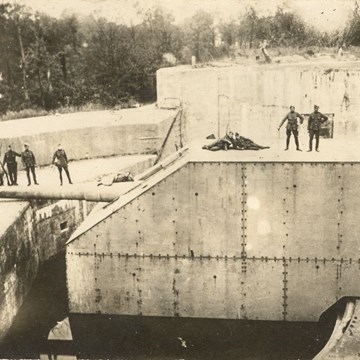Made in Japan: Kakiemon and 400 years of porcelain
Celebrate the art of Japanese porcelain making through 15 generations of the Kakiemon dynasty.
2016 marks the 400th anniversary of porcelain production in Japan. It is said to have started in 1616 in Arita, a town on the southern island of Kyushu near Nagasaki. One of the major styles of porcelain from Arita is known as Kakiemon. The Kakiemon style dates back to the 1670s and was made for a largely European market. It originated with Sakaida Kakiemon I, who learnt the secrets to overglaze enamelling possibly from a Chinese specialist in Nagasaki in 1647. He then introduced this technique to Arita, earning the name ‘Kakiemon’, which derives from kaki (persimmon) after the orange-red colour of the enamel.
Suitable for
Family friendly
Website
www.britishmuseum.org/whats_on/exhibitions/kakiemon.aspx
Exhibitions and events
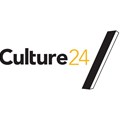
Sutton Hoo and Europe, AD 300–1100
Permanent exhibitionThe centuries AD 300–1100 witnessed great change in Europe. The Roman Empire broke down in the west, but continued as the Byzantine Empire in the east. People, objects and ideas travelled across the...

Babel, babbling and the British Museum
Event at British Museum on 26.11.2041 13:15A gallery talk by Irving Finkel, British Museum. Gallery talks last 45 minutes. They are given by Museum staff or guest speakers and are suitable for all levels of knowledge. Admission Free
Activities from this museum
We don't have anything to show you here.

